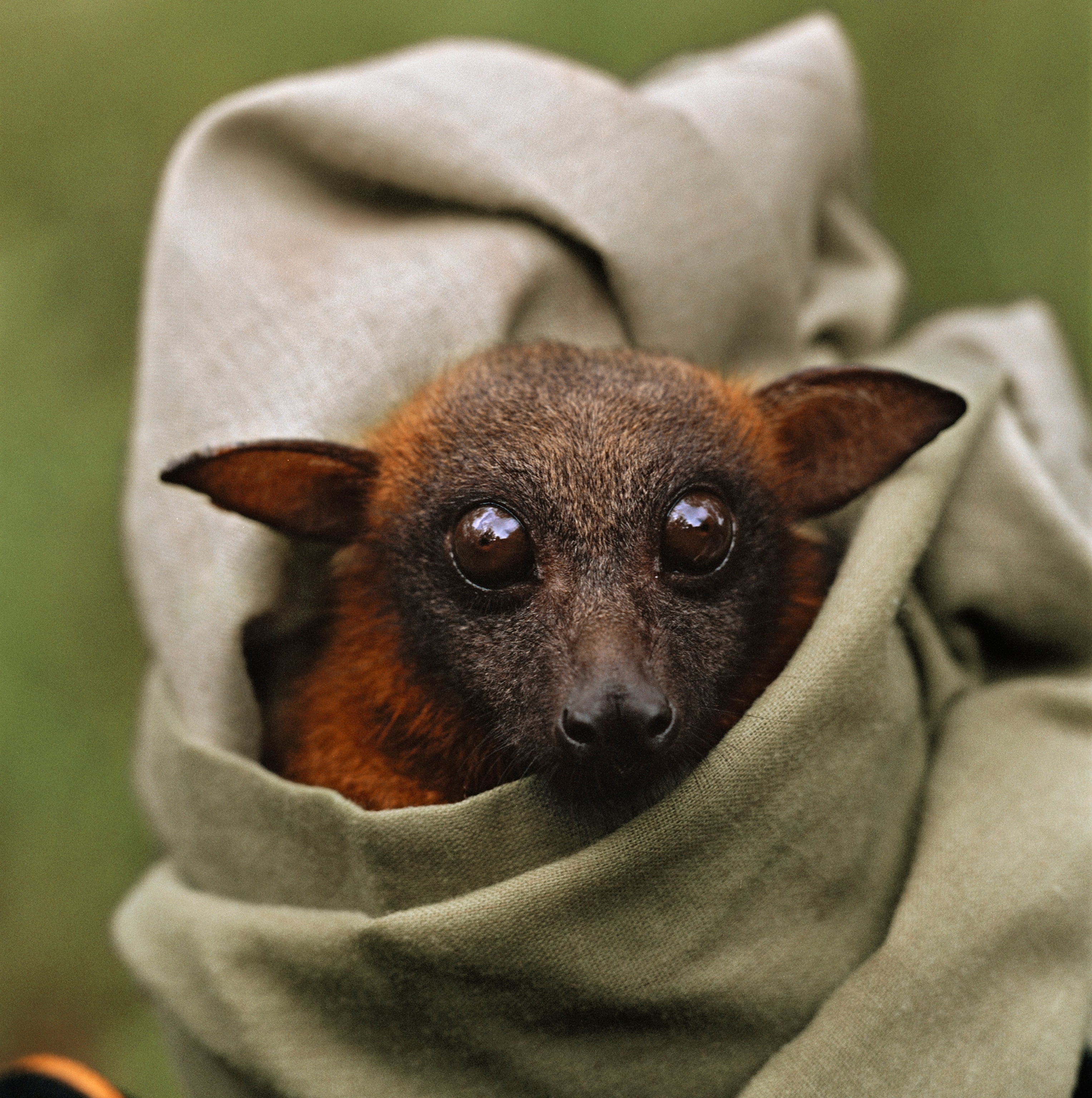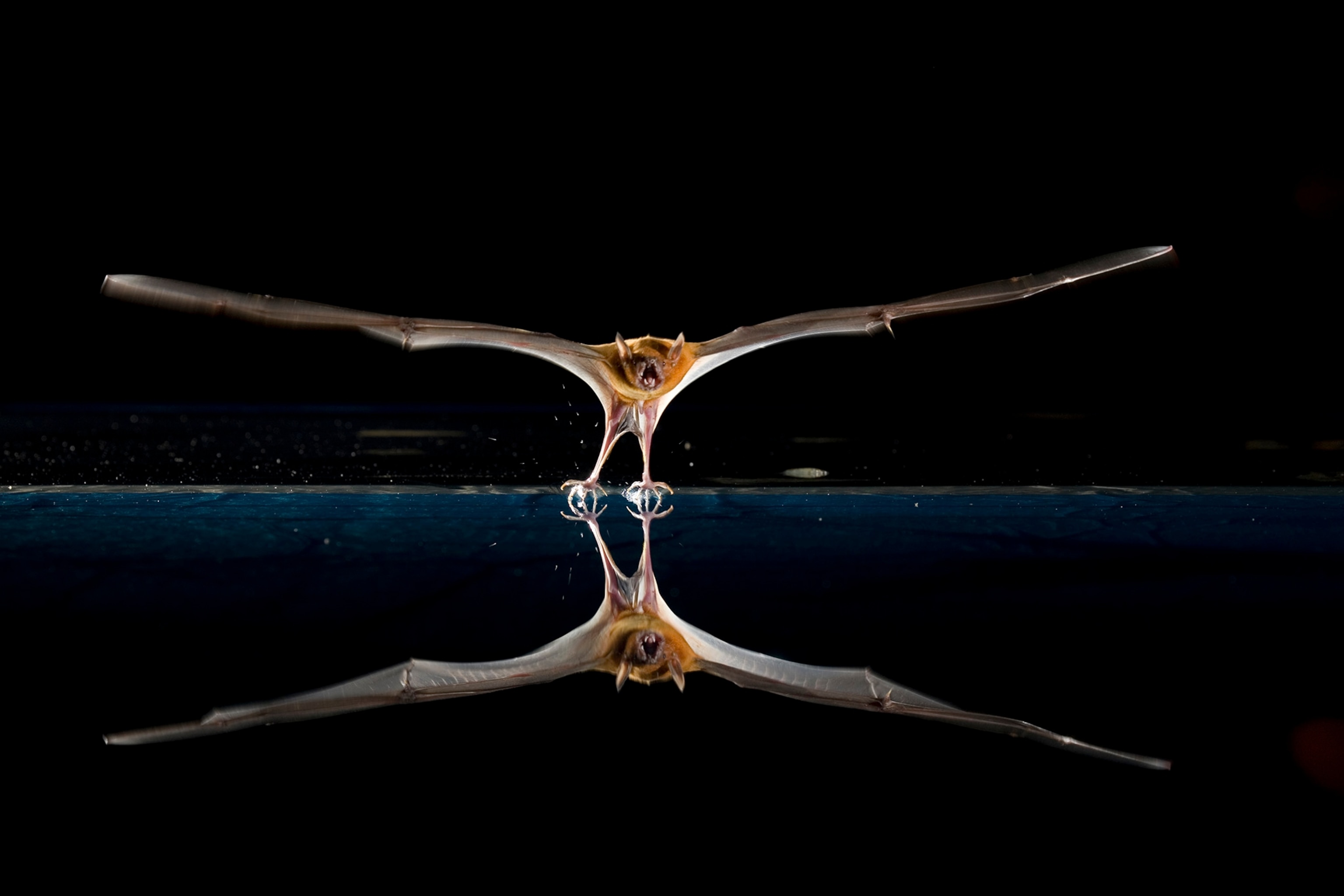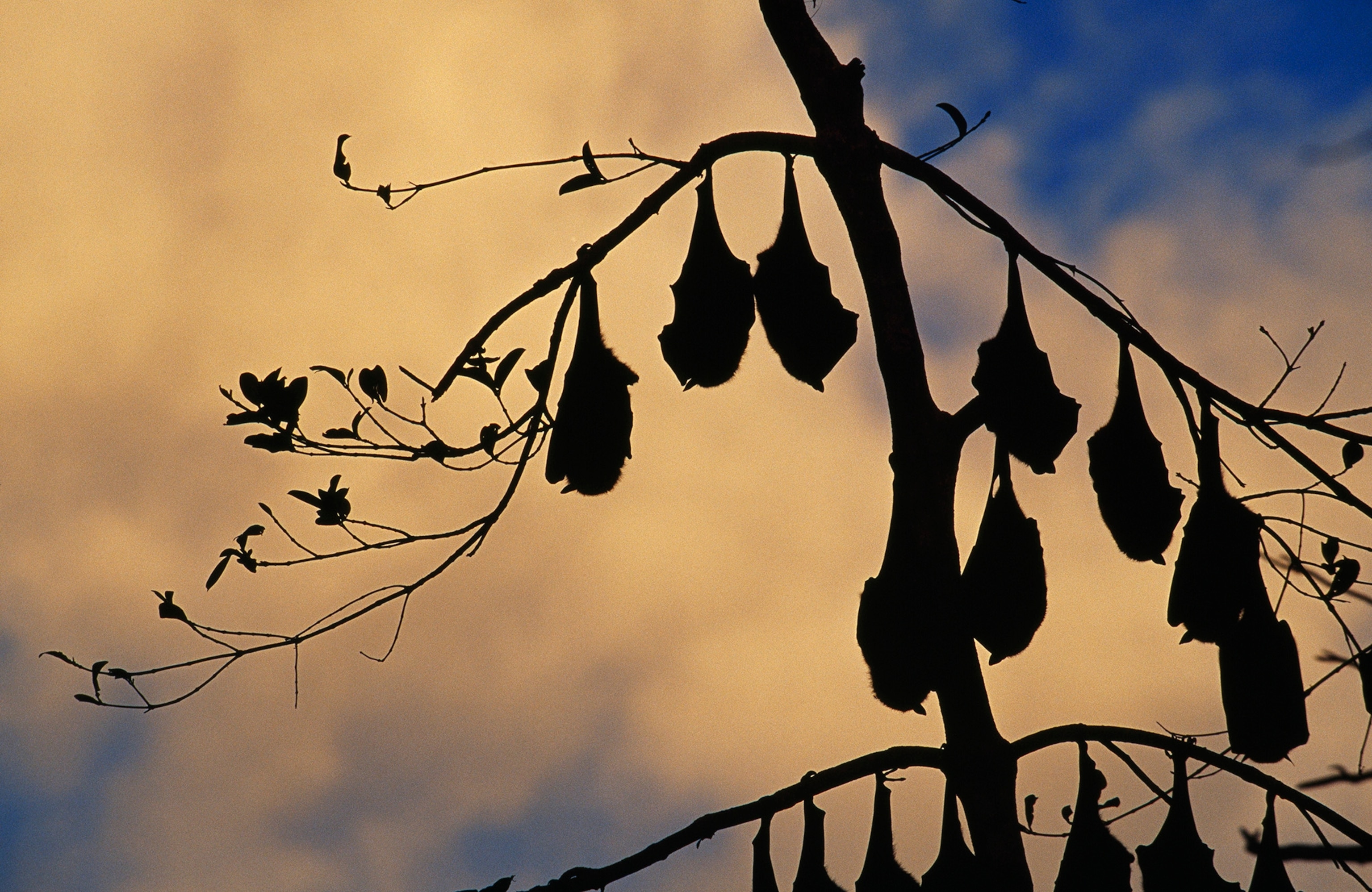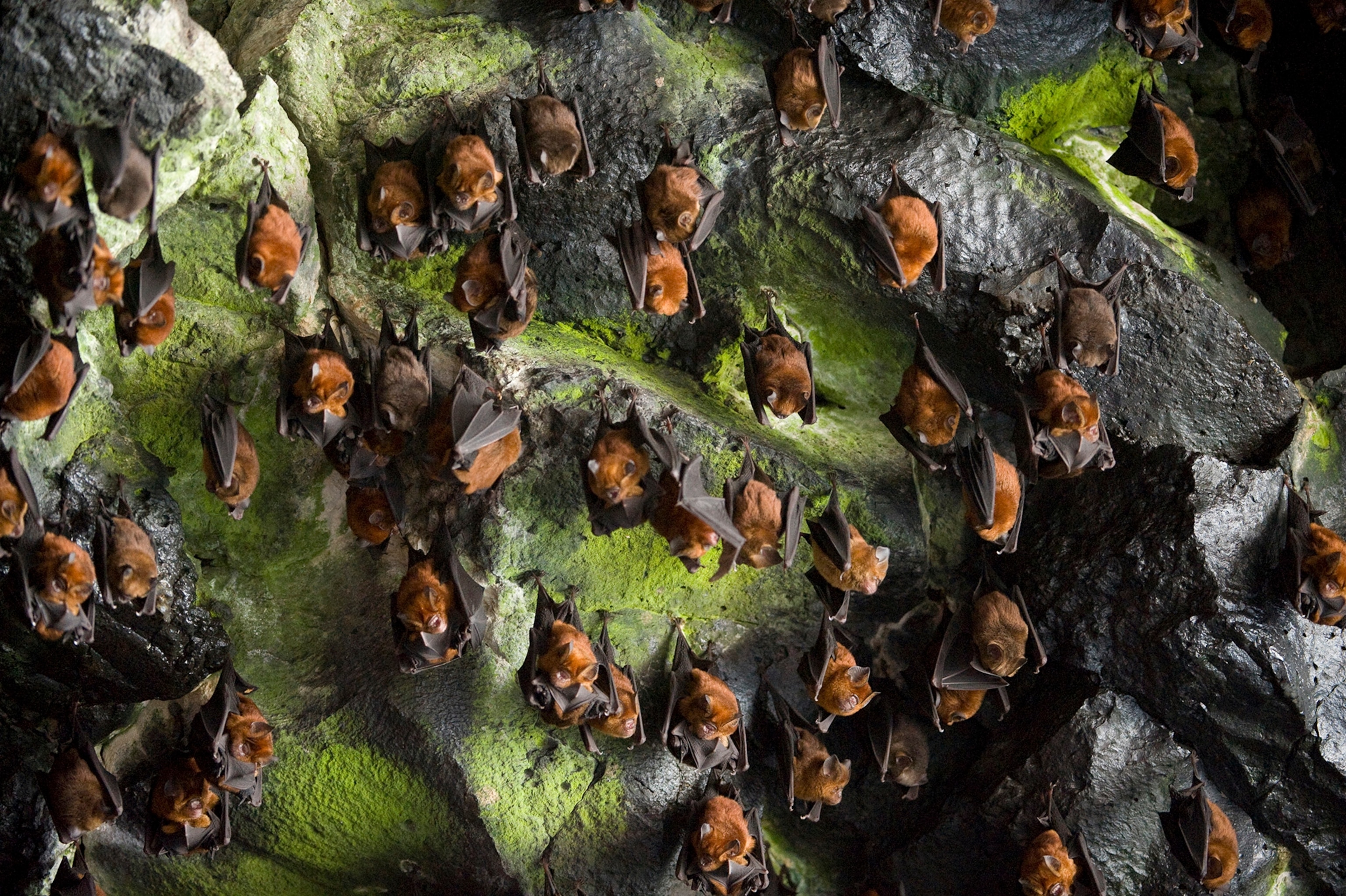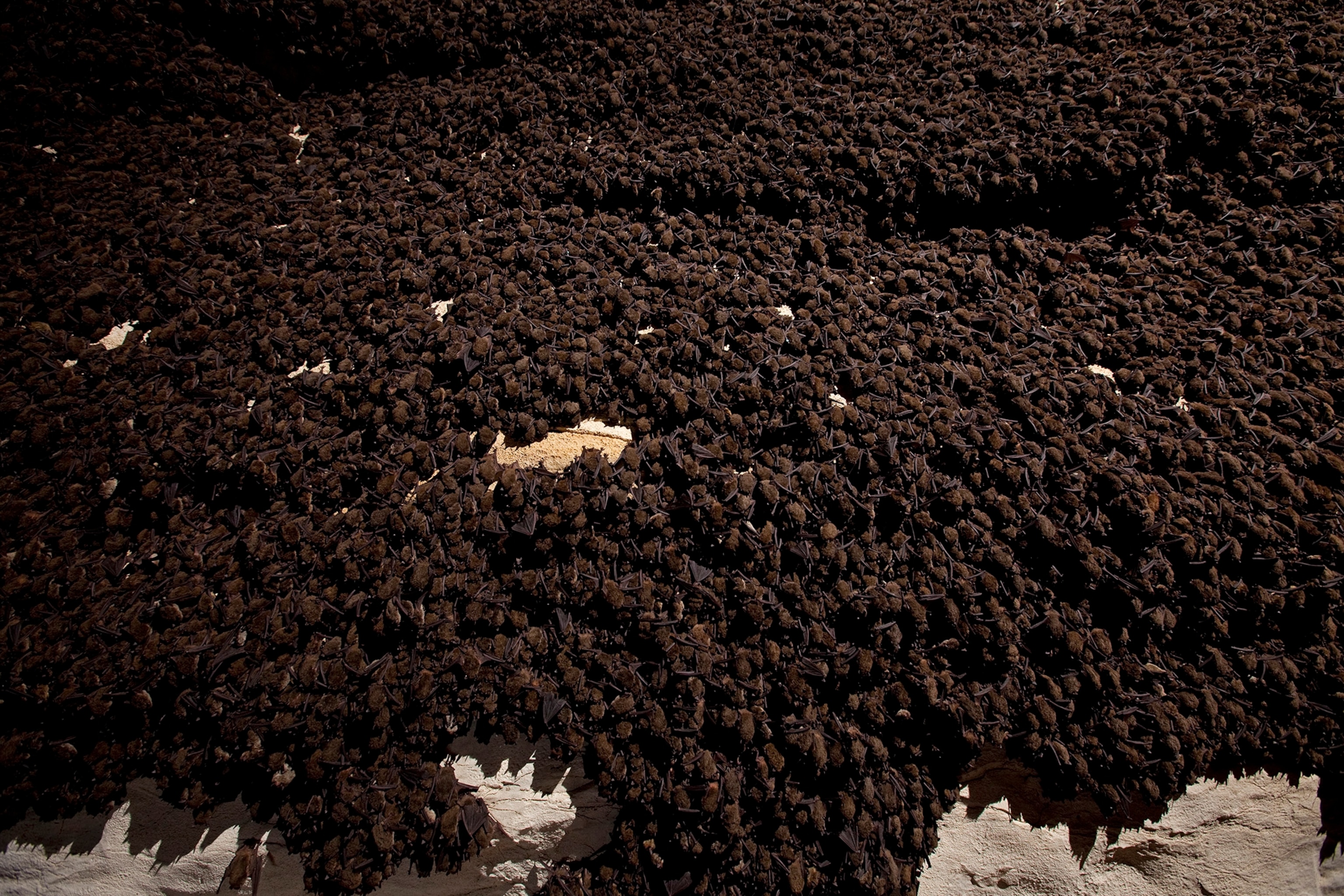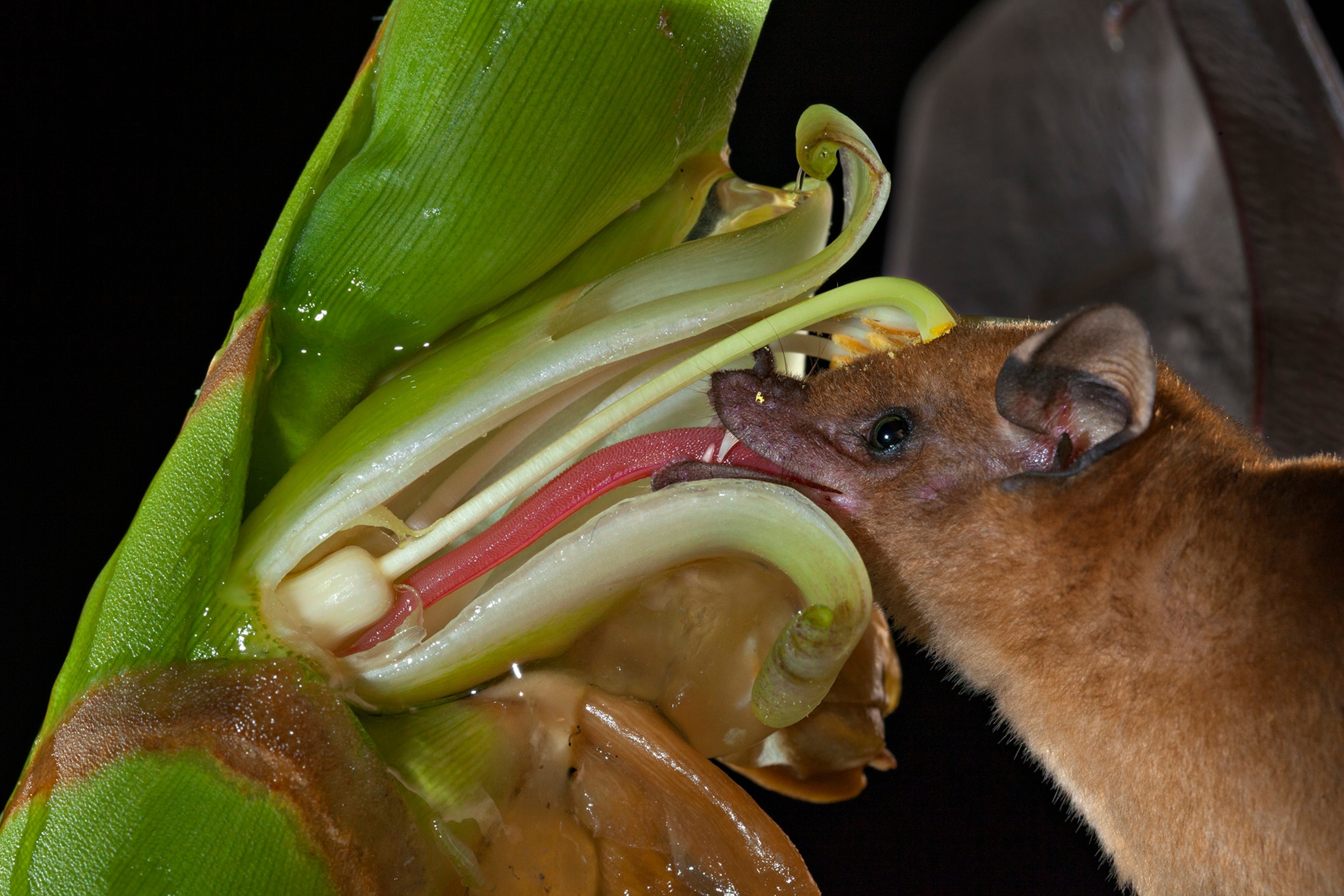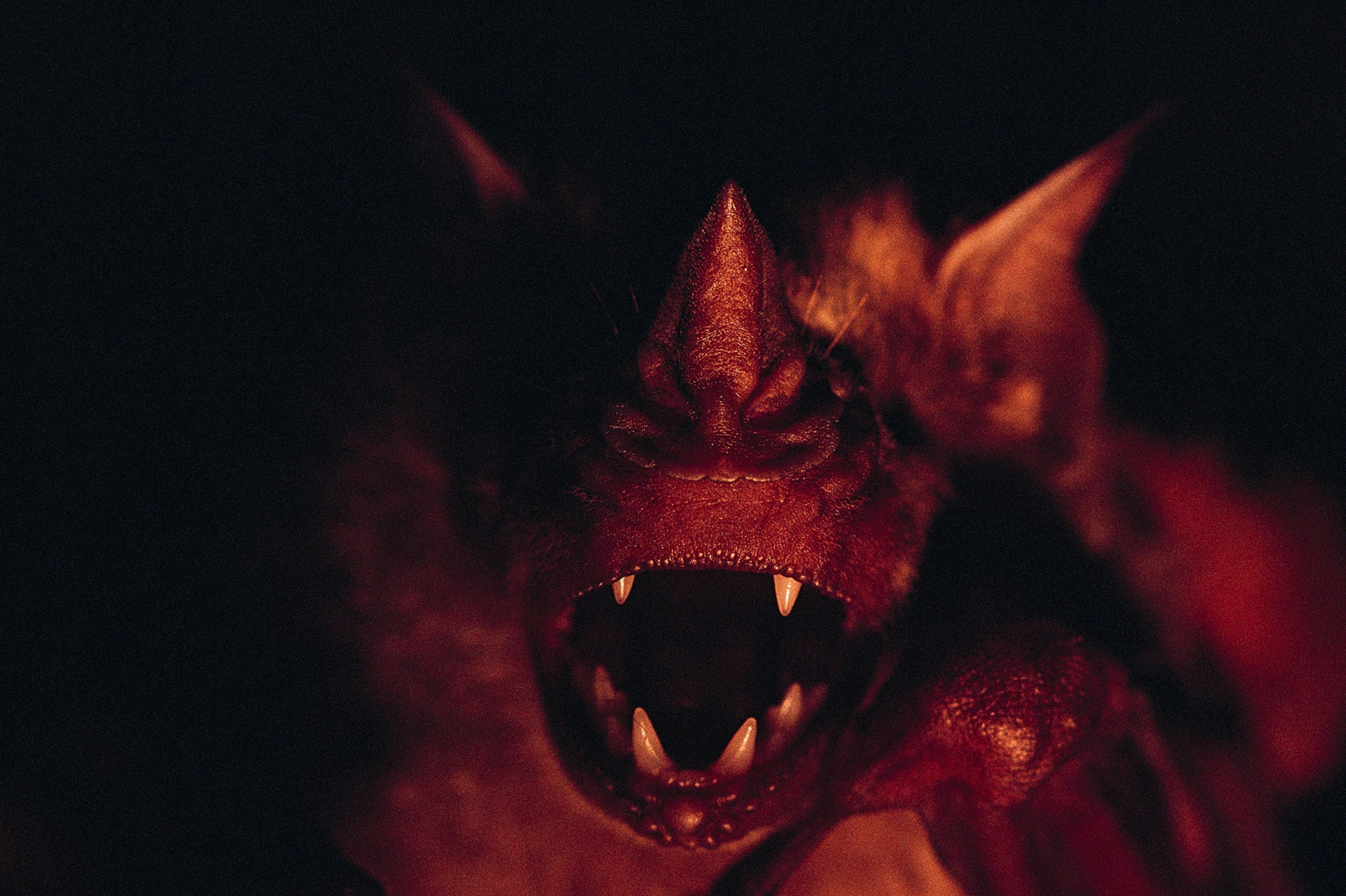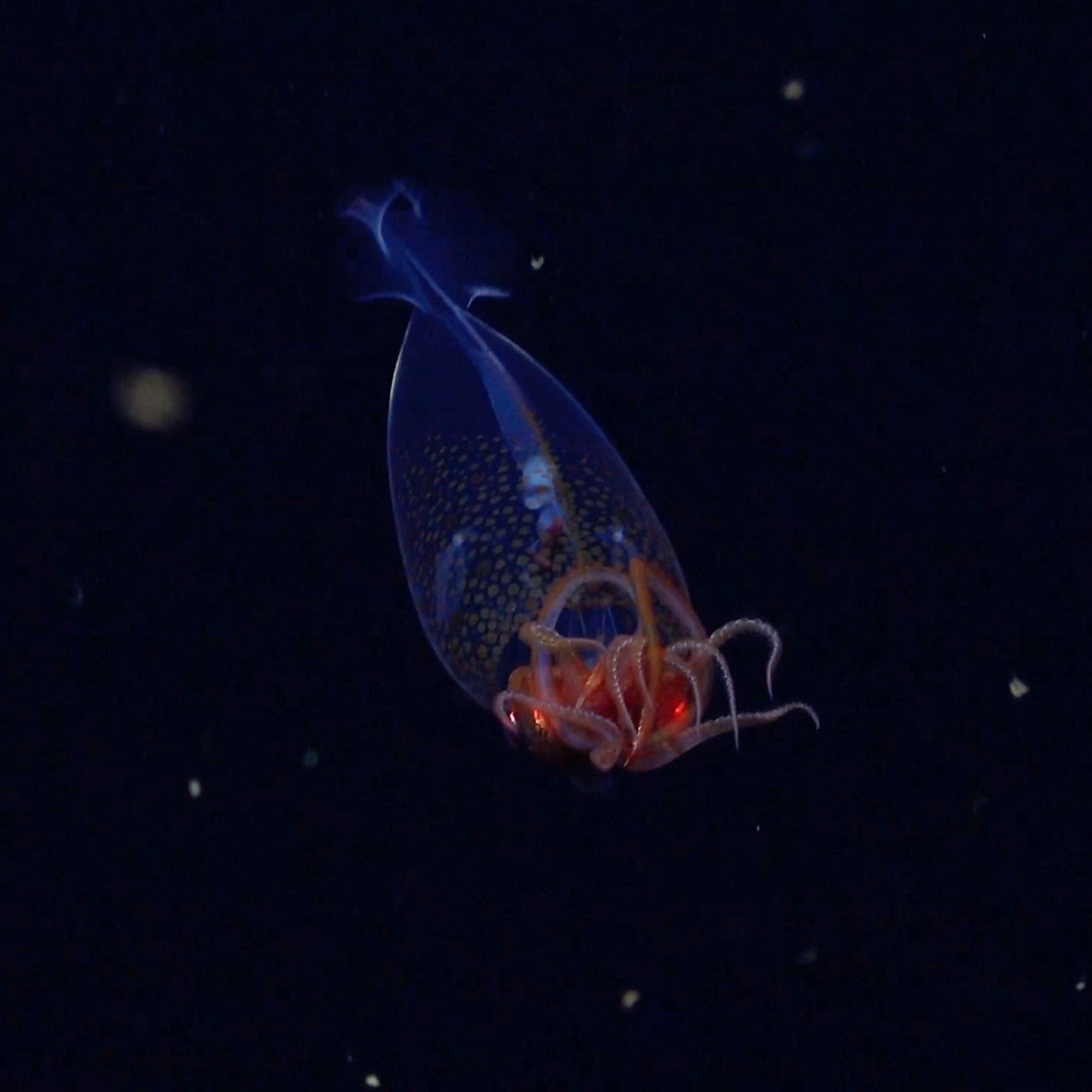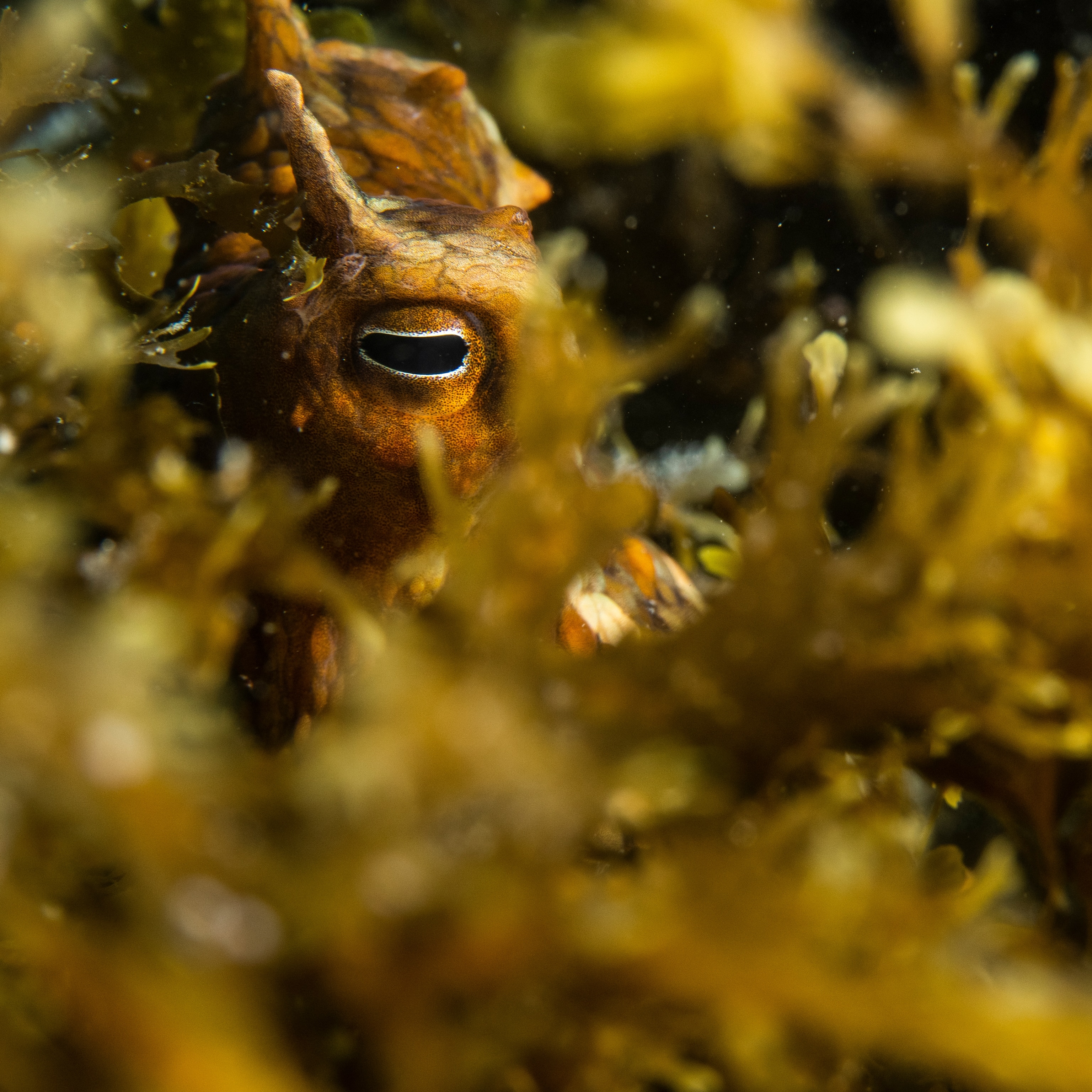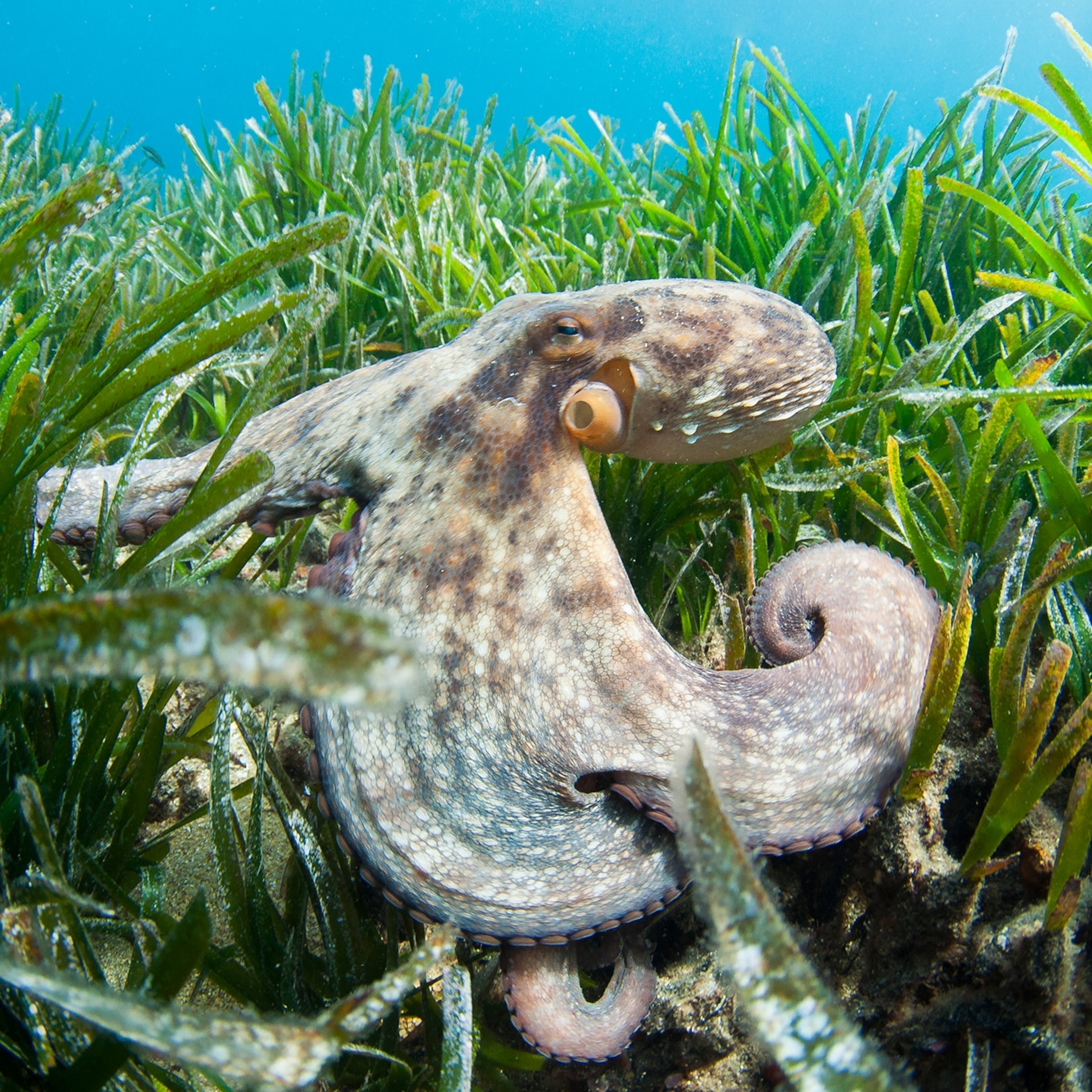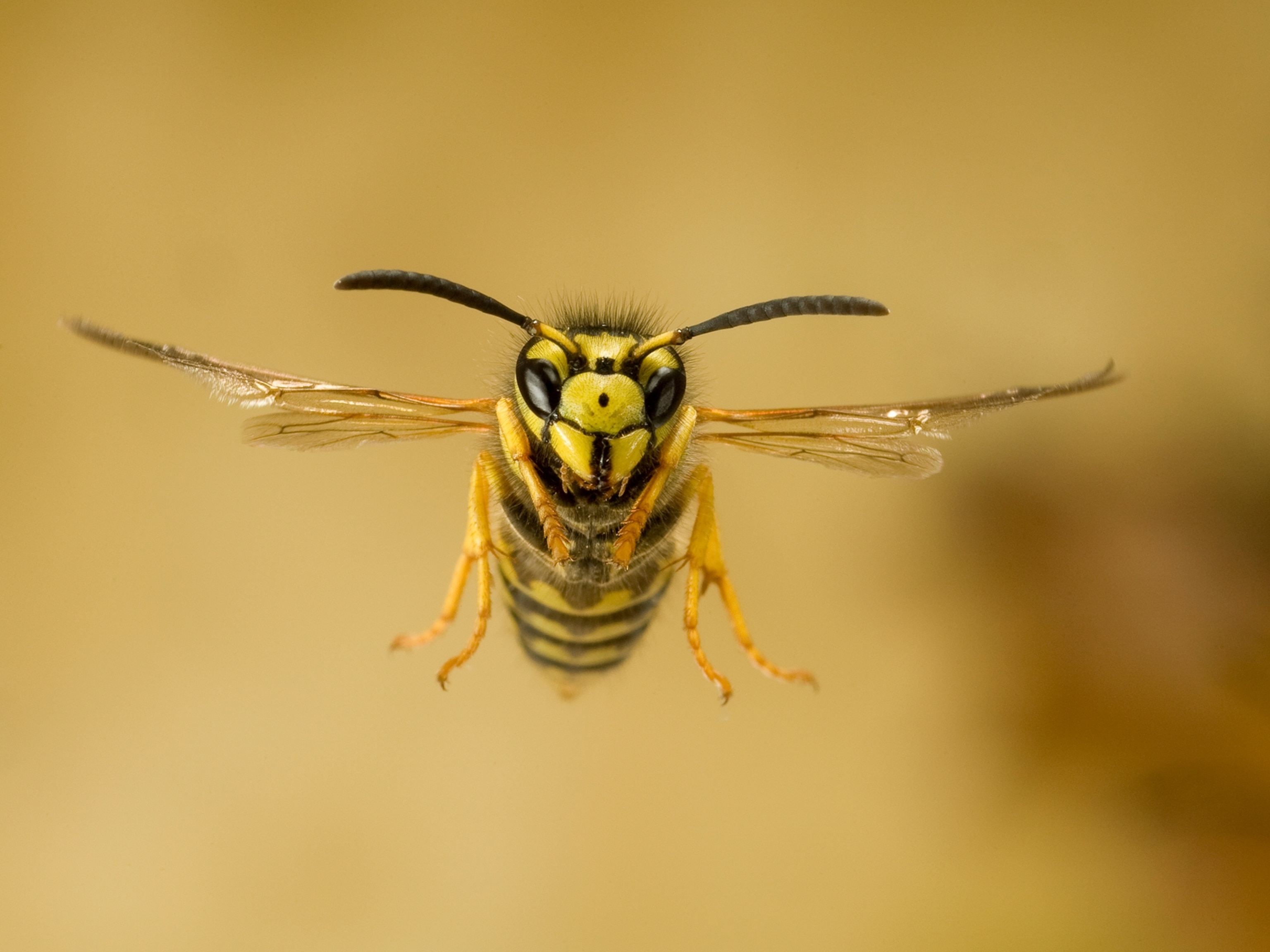8 of Nature’s Thirstiest Bloodsuckers
From insects to mammals to deepwater lurkers and even birds—in the spirit of Halloween, here’s our list of some of nature’s thirstiest bloodsuckers.
Vampire Bats
The name is a bit of a giveaway: Vampire bats are perhaps the most famous bloodsuckers of them all. They also hold the distinction of being the only mammal that subsists solely on blood.
These bats are nocturnal, spending the day asleep in caves in large colonies of hundreds of animals or more, emerging at night to feed.
Vampire bats generally feed on the blood of mammals (who doesn’t prefer a hot meal?) and, while they usually prefer livestock, turning their fangs on humans is not unheard of. Less well known is the fact that vampire bats generally land and approach their sleeping prey on the ground before having a nice long drink. (Related: “Vampire Bats Have Vein Sensors.”)
But at least they’re nice to their own kind. When another vampire bat is hungry, it can “beg” a friend to share some food, and its fellow vampire often complies by regurgitating some of its most recent blood meal to sustain its fellow bloodsucker—a trait that some suggest is evidence of reciprocal altruism in the animal kingdom.
Doesn’t that give you a warm and fuzzy feeling?
Related: The Many Faces of Bats
Mosquitoes
As delicate, finely tuned, bloodsucking machines, mosquitoes are the classic example of animals out for blood.
To their hosts, mosquitoes are mostly an annoyance, but in areas where they can carry diseases like malaria or dengue fever, the insects are a serious threat.
While known for its needle-like proboscis, a mosquito actually has six other mouthparts that play a role in piercing, gripping, and sucking blood from its victim.
The mosquito’s saliva also contains an anticoagulant that stops blood from clotting before it drinks. Only female mosquitoes suck blood, which they need to fuel egg production.
Another thing to keep in mind during a full moon: Mosquito biting activity increases 500 times during that moon phase. (Related video: “Full Moon Bloodsuckers.“)
Vampire Finch
Bird-watchers, beware.
A small bird native to the Galápagos Islands, the vampire finch earns its name with a diet that includes the blood of its fellow avian species, with blue-footed boobies being a particular favorite.
The finch accomplishes this by pecking at its host and then licking up the resulting blood. You might say it’s a birdpecker. (Watch a video of the vampire finch feeding on a booby.)
But fear not, blood makes up only part of the finch’s diet: It also eats seeds, drinks nectar, and steals the occasional egg.
Leeches
The scourge of many a summer swim, leeches are so famous for sucking blood that their name is synonymous with taking something that’s not yours.
Once widely used in the practice of bloodletting, leeches are worms and, as such, share certain wormy characteristics like hermaphroditism.
When feeding, leeches use their suckers to attach to their hosts, releasing an anesthetic, which helps prevent them from being detected as well as serving as an anticoagulant to keep the blood flowing. When the leech has consumed its fill of blood, it then drops away to digest its meal. (Also see ” ‘Tyrant King’ Leech Discovered, Attacks Orifices.”)
Leeches are common in freshwater ecosystems, and they both consume and feed on a number of different species. A leech wound can take unusually long to heal because of the anticoagulant, which prompts continued bleeding. To add to the squirm factor, leeches also have suckers on both ends of their bodies.
Vampire Squid
An ancient creature that lives a half-mile (0.8 kilometers) under the sea, the vampire squid is perhaps the most mysterious on our list.
It makes the cut because of its name and spooky appearance—but recent evidence suggests that the vampire squid may not be a predator at all, and may in fact be more of a deep-sea scavenger, living off plankton, algae, and detritus that includes the remains of other sea creatures. (Also see “Pictures: Vampire Squid’s Surprising Diet Revealed.”)
If it ever decides to earn its name, however, the squid certainly has an intimidating look, with large, haunting blue eyes that help it see deep in the ocean where it makes its home.
Interestingly, when surprised the vampire squid has a unique defense mechanism—wrapping its limbs around its body to essentially turn itself inside out.
Assassin Bug
The term assassin bug refers to a family of aggressive predatory insects, some of which—like the South American assassin bug Rhodnius prolixus—are obligatory bloodsuckers, meaning blood is all they eat. Unfortunately for everyone else, this sucker is also a major carrier of Chagas disease.
The assassin bug can use its saliva as an anesthetic so that its host won’t feel the pinch. It’s also known as the “kissing bug,” which sounds romantic until you realize it earned that nickname by feeding on people’s faces near the lips and eyes.
For some poetic justice here’s a video of a fearless assassin bug feeding on a vampire bat.
Lamprey
From its appearance alone, the lamprey is the stuff of nightmares.
Basically an underwater blood hose, lampreys are all cartilage and teeth and can be anywhere from 5 to 40 inches (13 to 100 centimeters) long. Lampreys are jawless fish but have plenty of razor-sharp teeth enclosed in a sucker-like mouth, and are capable of latching on and boring into the sides of their hosts to hitch a ride and grab a free meal. (Also read about why female lampreys find bile sexy.)
While attacks on humans have occurred in very rare cases, as terrifying as this toothy bloodsucker is, only certain species are parasitic.
When it comes to bloodsuckers, lampreys are also among the most ancient. Fossil evidence suggests that the lamprey has roamed the oceans in much the same form for well over 300 million years, feeding on prehistoric sharks just as it feeds on modern fish today.
Hey, if it ain’t broke…
Bedbug
Perhaps we spoke too soon. If there’s one creature more terrifying than the lamprey…
It’s the bedbug.
City-dwellers live in sheer terror of these silent bloodsuckers who, in true vampire tradition, emerge at night to drink the blood of unsuspecting sleepers.
Their incessant bites can cause itching, rashes, and psychological stress. They often hide in mattresses and woodwork and are difficult to exterminate. Those affected by an infestation have been known to burn their clothing and even move.
Largely stamped out in major Western cities by the 1980s through the use of the pesticide DDT, in recent decades bedbugs have surged back into bedrooms worldwide and have even shown signs of a new resistance to insecticides.
They’re thought to have been mooching off of our blood since our caveman days—and show no signs of losing their appetite any time soon.
Follow Stefan Sirucek on Twitter.



